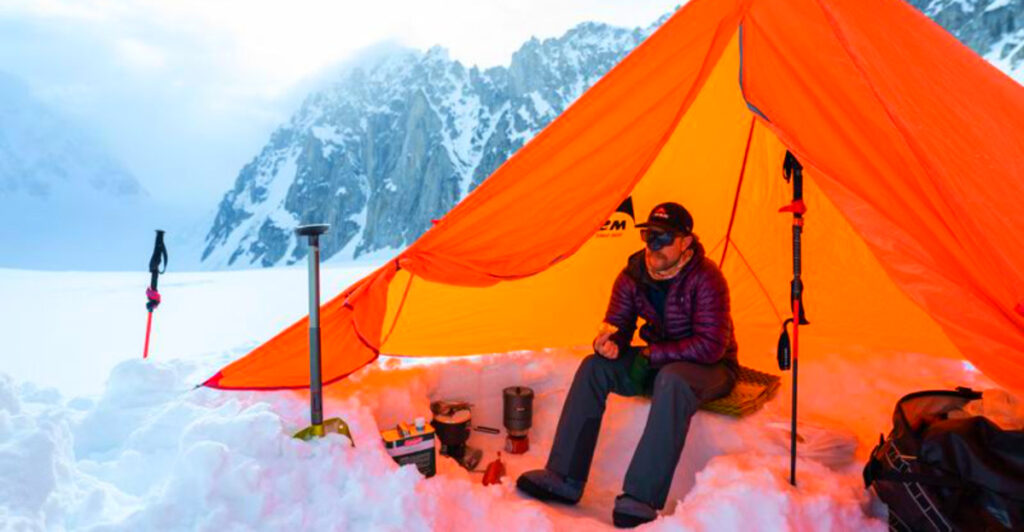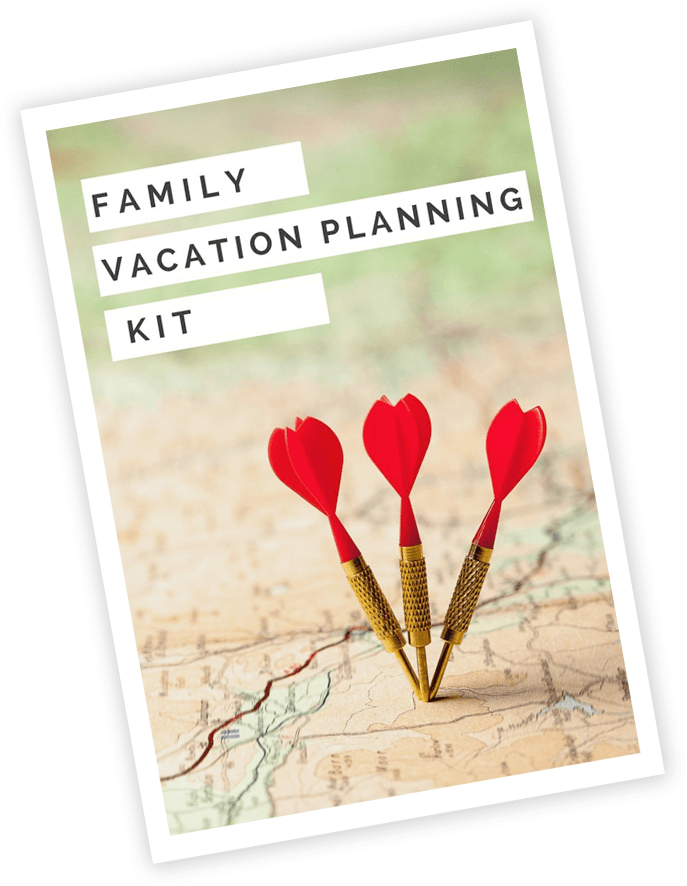Finding the right camping stove can make or break your outdoor cooking experience. Whether you’re planning a solo backpacking trip or a family car camping adventure, the perfect stove depends on your specific needs and camping style. The wrong choice might leave you struggling with cold meals or carrying unnecessary weight on the trail.
1. Decide on the Stove Type

Canister stoves offer lightweight convenience for backpackers, using pre-filled gas canisters that light instantly. Liquid fuel stoves excel in freezing temperatures and high altitudes, making them expedition favorites. Multi-fuel stoves provide ultimate flexibility for international travelers who encounter different fuel types. Wood-burning stoves eliminate fuel costs entirely but struggle in wet conditions when dry kindling becomes scarce.
2. Check the Fuel Availability
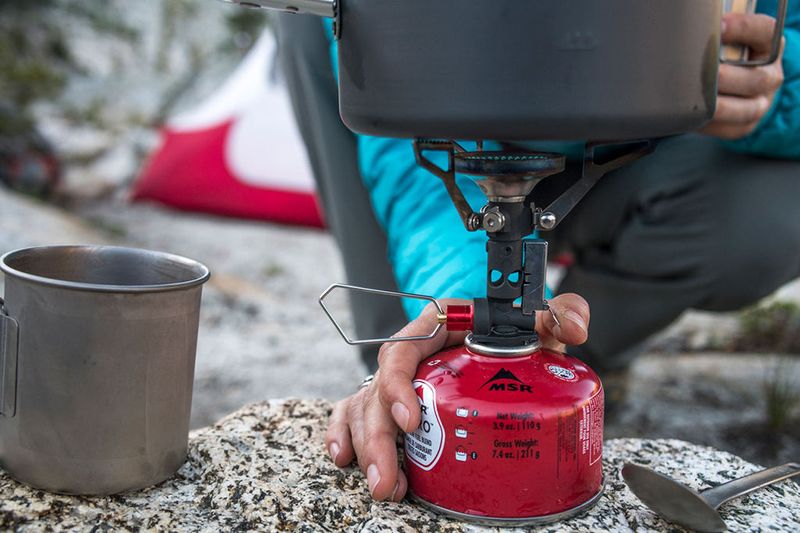
Propane canisters dominate American camping stores, making them reliable for domestic adventures. International destinations often lack specific canister types, leaving travelers stranded without cooking options. Multi-fuel and liquid fuel stoves shine during overseas expeditions where fuel variety matters most. Smart campers research local fuel availability before departing, avoiding last-minute scrambles for compatible options in remote locations.
3. Look at Weight and Portability
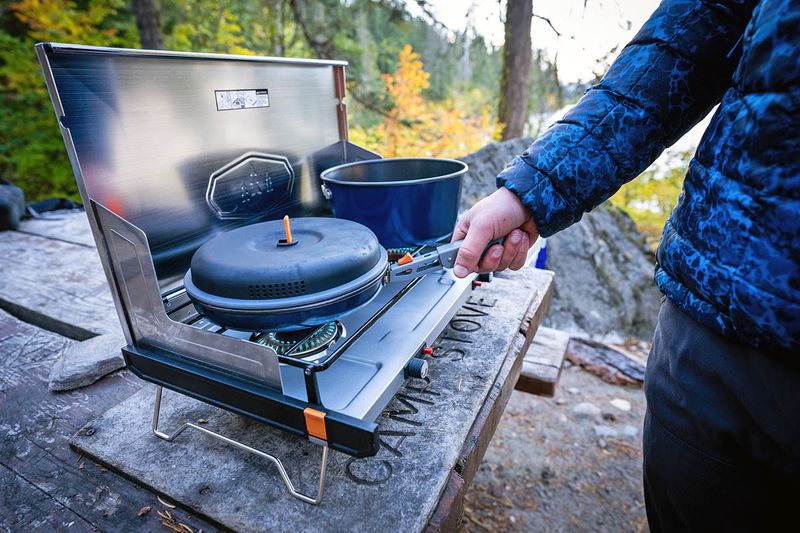
Ultralight backpacking demands stoves under one pound to preserve precious pack space and energy. Every ounce counts when you’re carrying everything for days through challenging terrain. Car campers enjoy luxury without weight penalties, choosing robust multi-burner models with expanded cooking surfaces. RV enthusiasts often select permanent installations that rival home kitchen capabilities for extended outdoor living adventures.
4. Consider Cooking Power (BTUs)
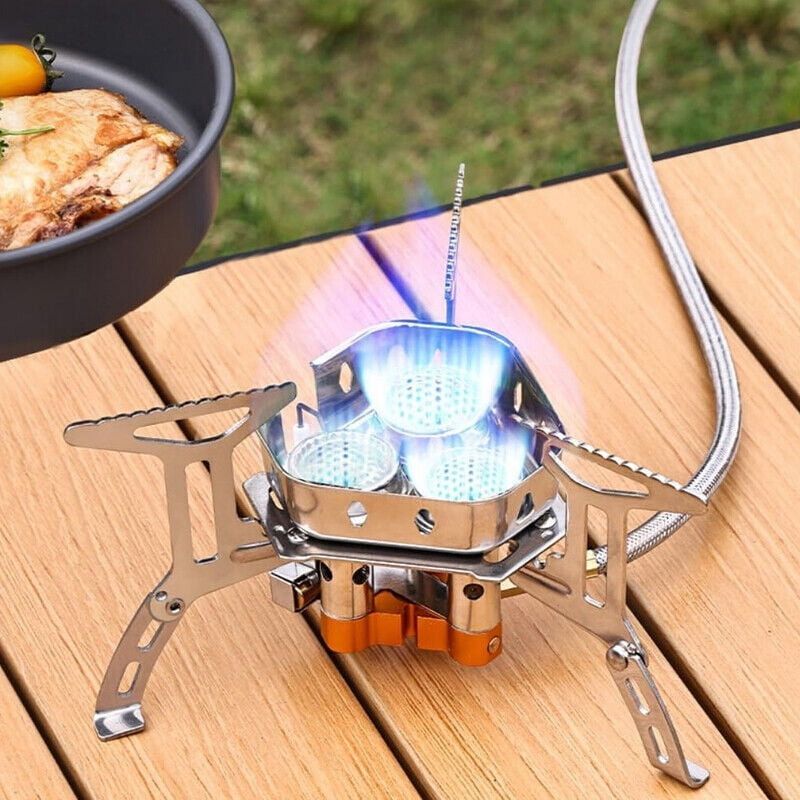
BTU ratings between 2,000-5,000 excel at rapid water boiling for morning coffee and instant meals. Higher outputs ranging 8,000-20,000 BTUs handle serious cooking tasks like frying bacon or simmering complex sauces. Adjustable flame control separates quality stoves from basic models, enabling delicate temperature management. Raw power means nothing without precision control for creating restaurant-quality meals around the campfire.
5. Cooking Surface Size
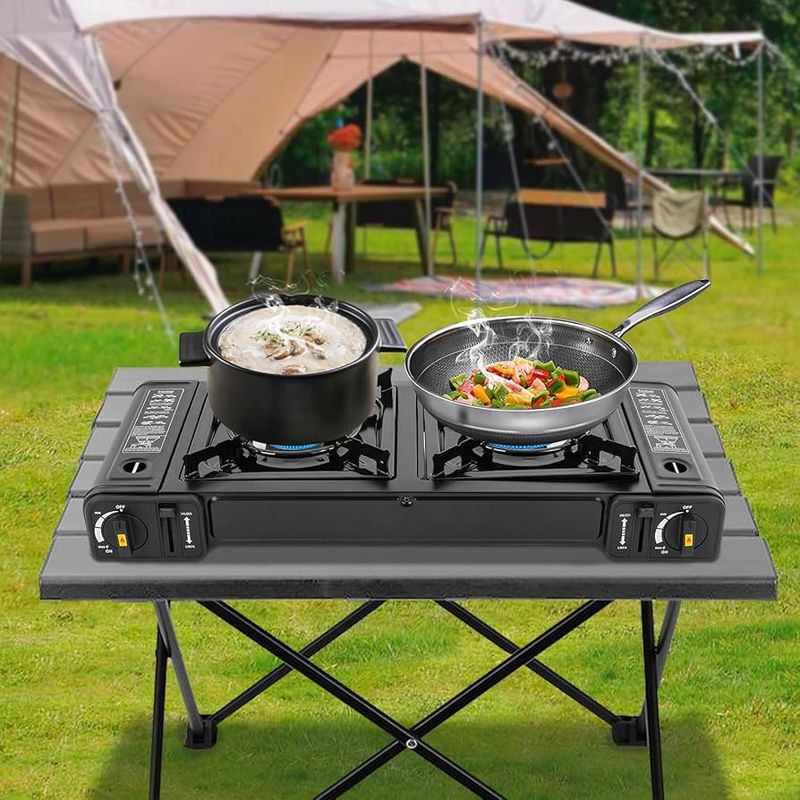
Solo adventurers thrive with compact single-burner designs that handle basic meal preparation efficiently. Small surfaces accommodate lightweight cookware while minimizing pack volume and setup complexity. Family groups require dual-burner configurations for simultaneous cooking tasks like pasta and sauce preparation. Multiple cooking zones transform campsite meal preparation from tedious sequential cooking into efficient parallel food production systems.
6. Ease of Use & Setup
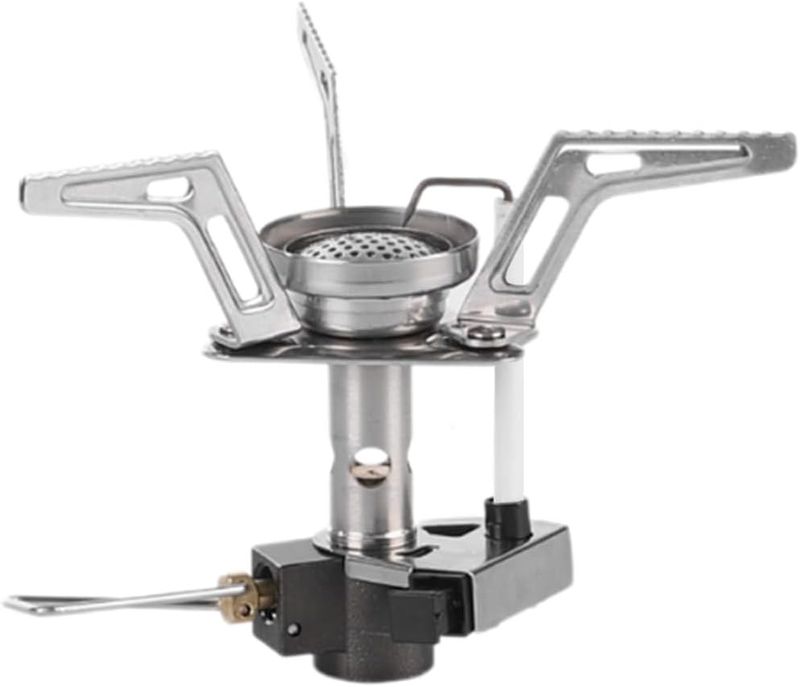
Piezo ignition systems provide push-button convenience that eliminates fumbling with matches during windy conditions. However, electronic components fail eventually, making backup ignition sources absolutely essential for wilderness safety. Stable bases prevent dangerous pot tipping accidents that could ruin meals or cause burns. Wider stove platforms accommodate larger cookware safely, reducing the risk of expensive gear damage or personal injury.
7. Weather & Environment
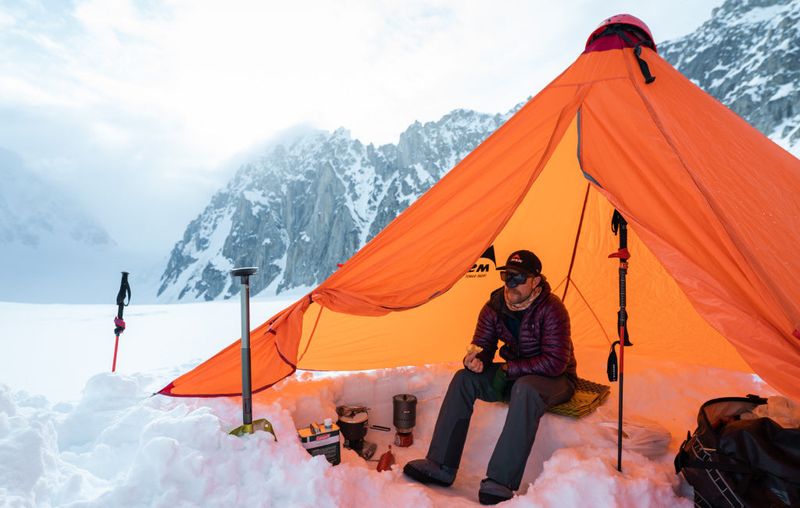
High altitude and freezing temperatures crush canister stove performance, making liquid fuel models essential for mountain expeditions. Atmospheric pressure changes dramatically affect gas expansion and burning efficiency at elevation. Wind screens become critical accessories in exposed locations where natural gusts extinguish flames repeatedly. Built-in wind protection or portable shields maintain consistent heat output during challenging weather conditions that test equipment limits.
8. Budget
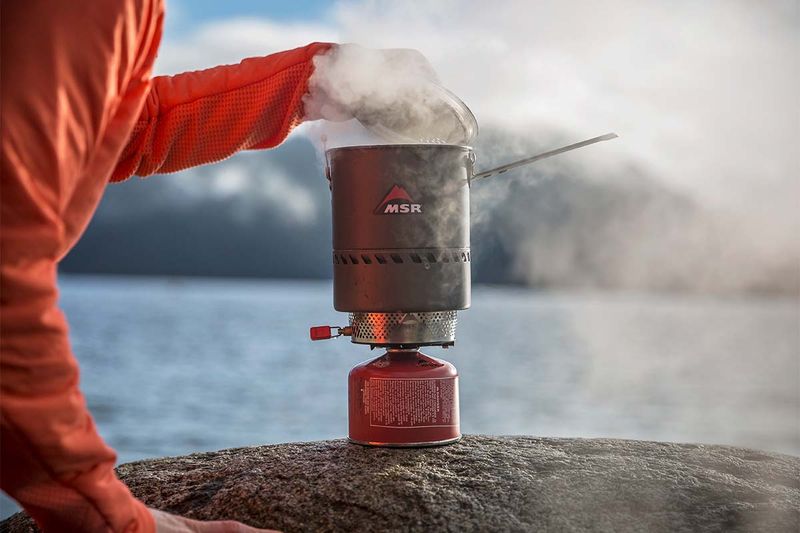
Basic backpacking canister stoves start around thirty dollars, providing essential functionality without premium features. Mid-range two-burner car camping models cost between eighty and one-fifty, offering family-sized cooking capacity. Premium expedition stoves exceed one hundred fifty dollars but deliver multi-fuel versatility and extreme weather reliability. Investment-grade equipment pays dividends during challenging conditions where failure means cold meals and potential safety risks.

